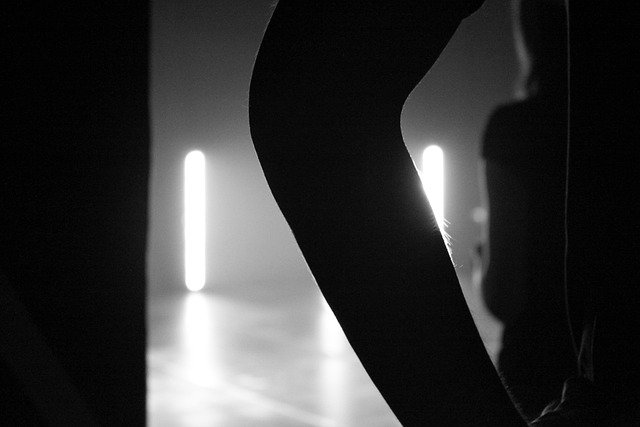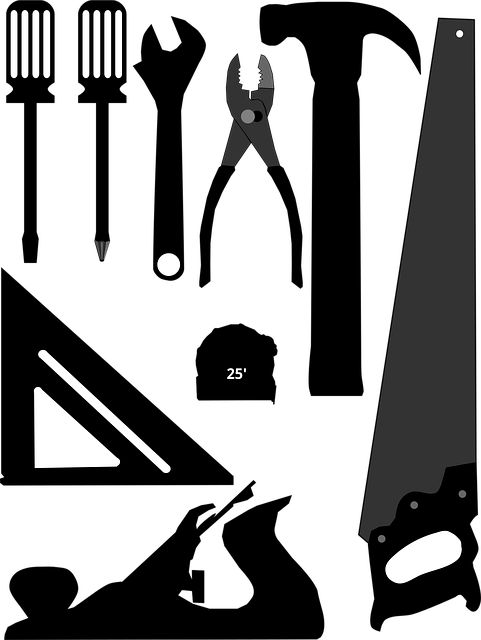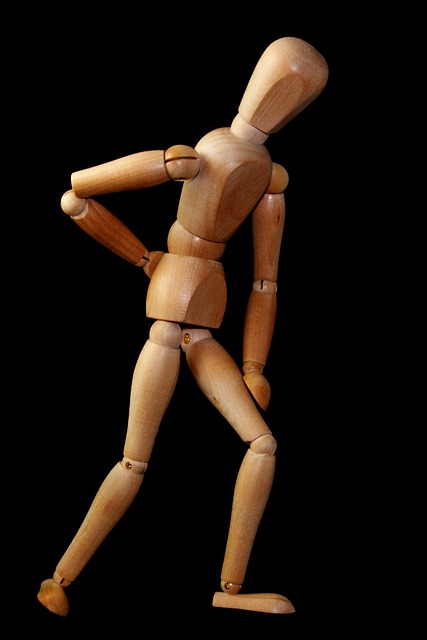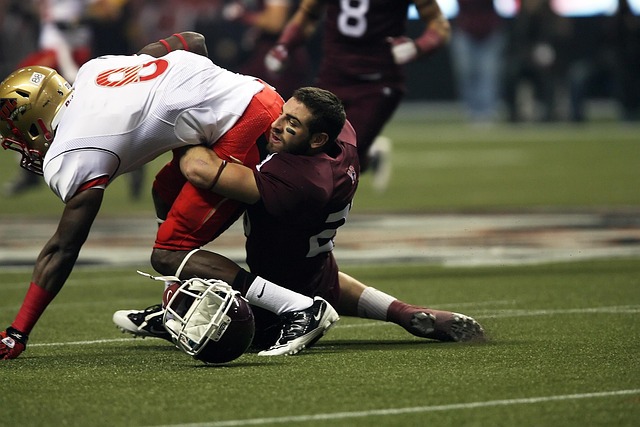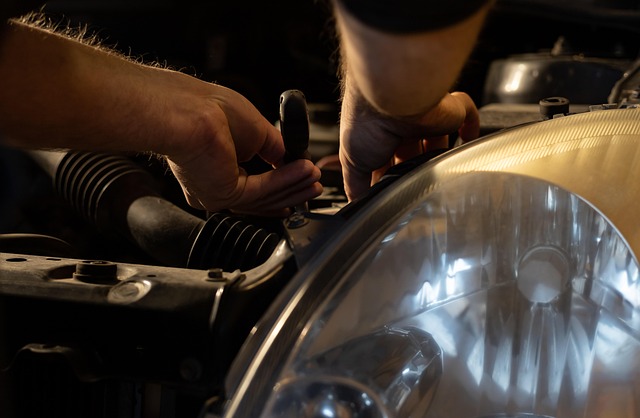Chiropractic management is a leading non-invasive treatment for individuals with herniated discs resulting from rear-end collisions. Chiropractors assess spine damage, offer adjustments to relieve nerve pressure, and may incorporate exercises, heat/ice therapy, and electrical stimulation. Early intervention through regular adjustments and rehabilitation can restore disc health, improve mobility, prevent further damage, and help patients regain active lifestyles post-crash. This holistic approach, integrating physical therapy, medications, and lifestyle modifications, effectively manages herniated discs experienced after car crashes.
“After a rear-end collision, understanding the potential impact on your spine is crucial. This article explores chiropractic management as a key approach to healing herniated discs often resulting from car crashes. We delve into the assessment and diagnosis process, providing insights on what to expect following such an accident. Additionally, we highlight effective treatment options, emphasizing the role of chiropractic care in managing and alleviating pain associated with slipped discs post-car crash.”
- Understanding Chiropractic Management for Herniated Discs Post-Car Crash
- Assessment and Diagnosis: What to Expect After a Rear-End Collision
- Effective Treatment Options for Healing Slipped Discs Following Car Accidents
Understanding Chiropractic Management for Herniated Discs Post-Car Crash
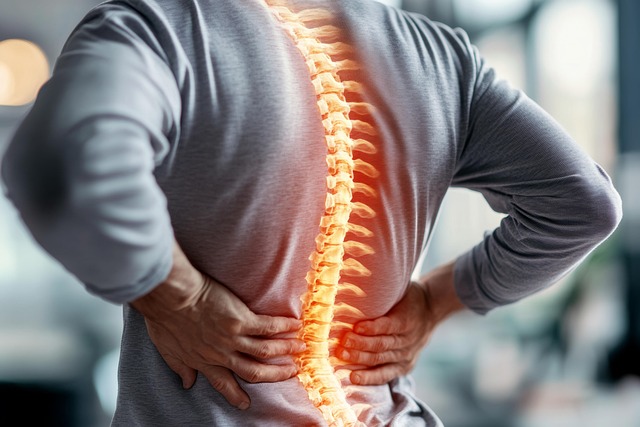
Chiropractic management plays a crucial role in healing slipped or herniated discs resulting from rear-end collisions. After a car crash, the initial impact can cause significant strain on the spine, leading to disc damage. Chiropractic professionals are equipped to assess and diagnose these injuries, offering non-invasive treatments tailored to each patient’s needs. This approach is particularly beneficial for those seeking alternative solutions to surgery.
Chiropractors utilize various techniques such as spinal manipulation, adjusted with precision to alleviate pressure off affected nerves. Additionally, they may incorporate therapeutic exercises, heat or ice therapy, and electrical stimulation to promote healing and reduce pain. Regular adjustments and a commitment to rehabilitation can help restore disc health, improve mobility, and prevent further damage, allowing individuals to regain their active lifestyles post-crash.
Assessment and Diagnosis: What to Expect After a Rear-End Collision

After a rear-end collision, individuals often experience a range of symptoms, and one of the most concerning is back pain, especially if they suspect a slipped or herniated disc. The initial assessment and diagnosis are crucial steps in determining the extent of the injury. During your first visit to a healthcare provider, particularly a chiropractor specializing in car crash injuries, they will conduct a thorough examination. This typically includes reviewing your medical history, discussing the incident, and performing physical tests to identify the affected areas.
The chiropractor may utilize specialized techniques like spinal manipulation and imaging studies (X-rays or MRIs) to diagnose herniated discs. Chiropractic management for these cases often involves manual therapy, targeted exercises, and patient education. The goal is to reduce pain, improve mobility, and promote healing without invasive procedures. Early intervention and appropriate chiropractic care can significantly impact the successful recovery of individuals with herniated discs post-car crash.
Effective Treatment Options for Healing Slipped Discs Following Car Accidents

Many individuals who experience rear-end collisions suffer from slipped or herniated discs, a common outcome of car accidents due to sudden jolts and impacts. Effective treatment options are crucial for healing and managing pain associated with these injuries. Chiropractic management is often a recommended approach post-car crash. Chiropractors utilize manual adjustments and specific techniques to alleviate pressure on affected nerves and restore spinal function. This non-invasive method can significantly reduce pain, improve mobility, and accelerate the healing process for herniated discs.
Additionally, other treatments such as physical therapy, medication, and lifestyle modifications may be integrated into a comprehensive care plan. Physical therapy focuses on strengthening exercises and stretching techniques to support the spine and surrounding muscles, reducing strain on the affected area. Medications like pain relievers and anti-inflammatory drugs can provide symptom relief while allowing the body to heal. Lifestyle adjustments, such as maintaining good posture, practicing ergonomic principles, and avoiding strenuous activities, are also essential for preventing further disc complications post-car crash.
Chiropractic management plays a crucial role in healing herniated discs resulting from rear-end collisions. By understanding the assessment and diagnosis process, individuals can expect effective treatment options tailored to their specific needs. Through a combination of adjustments, therapy, and patient education, chiropractic care offers a comprehensive approach to addressing disc injuries post-car crashes, helping patients regain mobility and alleviate pain naturally.
